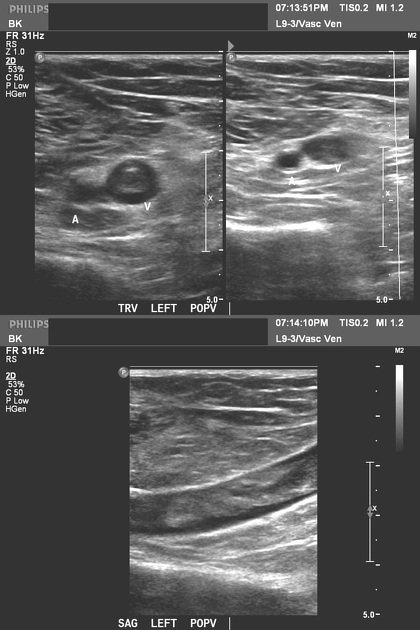Von Willebrand Disease (VWD)
Content of This Page
1- Introduction
2- Causes
3- Symptoms
4- Stages of The Disease
5- Treatment
6- What Should You Avoid
Introduction
Von Willebrand Disease (VWD) is a genetic bleeding disorder caused by a deficiency or dysfunction of von Willebrand factor, a protein crucial for blood clotting. This leads to difficulty forming blood clots, resulting in symptoms such as frequent nosebleeds, easy bruising, and heavy or prolonged bleeding from cuts. VWD is inherited and can vary in severity, with treatments often including medications to help with clotting and manage bleeding symptoms.

Causes
Genetic Mutations: VWD is caused by mutations in the genes responsible for producing von Willebrand factor (VWF).
Inherited Condition: It is an inherited disorder, meaning it is passed down from parents to their children.
Types of VWD:
- Type 1: Partial deficiency of von Willebrand factor.
- Type 2: Dysfunctional von Willebrand factor with normal levels. Subtypes include 2A, 2B, 2M, and 2N, each with different issues affecting the VWF function.
- Type 3: Severe deficiency or absence of von Willebrand factor.
Autosomal Dominant or Recessive Inheritance: The condition can be inherited in an autosomal dominant (Type 1 and 2) or autosomal recessive (Type 3) pattern.
Symptoms
- Frequent Nosebleeds
- Easy Bruising
- Heavy or Prolonged Bleeding from Cuts
- Excessive Bleeding During or After Surgery
- Heavy or Prolonged Menstrual Periods
- Bleeding Gums
- Petechiae (Small Red or Purple Spots)
- Unexplained or Excessive Bleeding After Injury
- Joint Bleeds (less common, but can occur in severe cases)

Stages of The Disease
Type 1 VWD
- Characteristics: Mild to moderate deficiency of von Willebrand factor.
- Symptoms: Mild bleeding issues, such as easy bruising and occasional nosebleeds.
Type 2 VWD
- Characteristics: Dysfunctional von Willebrand factor with normal or near-normal levels. Subtypes include:
- 2A: Defective binding of von Willebrand factor to platelets.
- 2B: Abnormal binding causing increased clearance of von Willebrand factor.
- 2M: Reduced ability to bind platelets.
- 2N: Deficient ability to bind factor VIII.
- Symptoms: Varies based on subtype, including moderate to severe bleeding symptoms.
- Characteristics: Dysfunctional von Willebrand factor with normal or near-normal levels. Subtypes include:
Type 3 VWD
- Characteristics: Severe deficiency or absence of von Willebrand factor.
- Symptoms: Severe bleeding issues, including frequent nosebleeds, heavy menstrual bleeding, and extensive bleeding from cuts or injuries.
Treatment
Desmopressin (DDAVP)
- Purpose: Stimulates the release of von Willebrand factor and factor VIII from the body’s tissues.
- Used for: Types 1 and some cases of Type 2 VWD.
Von Willebrand Factor Concentrates
- Purpose: Infusions of concentrates containing von Willebrand factor and factor VIII.
- Used for: Types 1, 2, and 3 VWD, especially for more severe cases.
Factor VIII Concentrates
- Purpose: Supplements factor VIII, which may be deficient in some VWD cases.
- Used for: Type 2N and Type 3 VWD.
Antifibrinolytic Agents
- Purpose: Help prevent the breakdown of blood clots.
- Examples: Aminocaproic acid or tranexamic acid.
Hormonal Treatments
- Purpose: Manage heavy menstrual bleeding, especially in women with VWD.
- Examples: Birth control pills or hormone therapy.
Avoidance of Certain Medications
- Purpose: Avoid medications that can increase bleeding risk, such as aspirin and nonsteroidal anti-inflammatory drugs (NSAIDs).
Regular Monitoring
- Purpose: Routine blood tests and follow-ups to manage and adjust treatment as needed.
Emergency Care
- Purpose: Have a plan in place for managing bleeding emergencies, including access to von Willebrand factor concentrates.
What Should You Avoid
- Aspirin and NSAIDs
- Trauma and Injury
- Certain Surgical Procedures
- Excessive Alcohol
- Uncontrolled High Blood Pressure
- Certain Over-the-Counter Medications
- Extreme Physical Activities
- Ignoring Symptoms